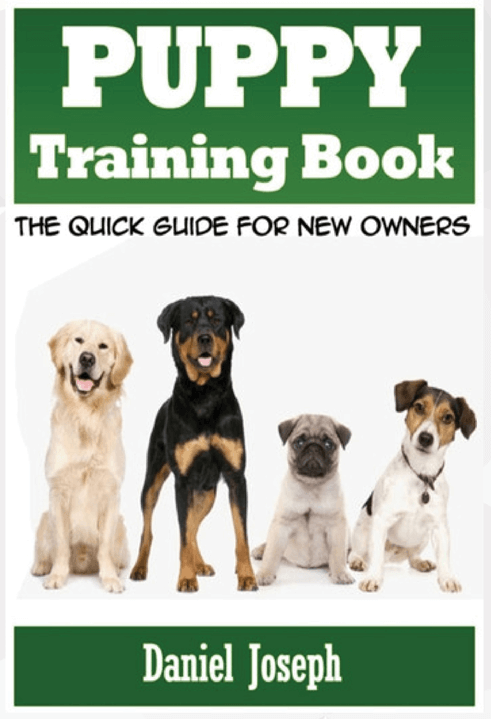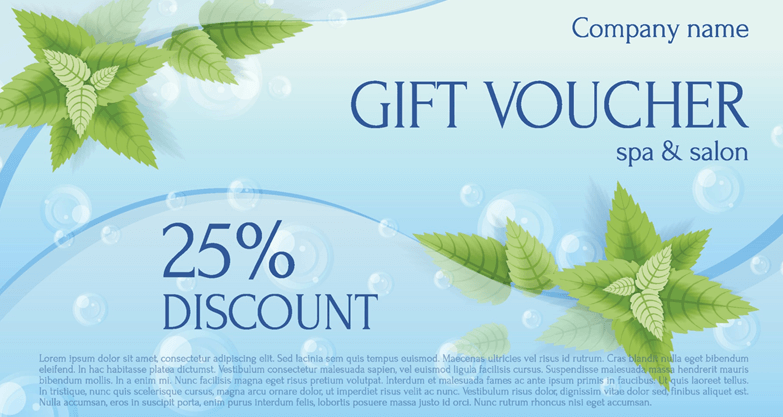

Everybody knows that if you place a magnet close enough to a metal object, the object will be drawn to the magnet without resistance. That’s basic science even though it might seem like magic.
What if you could adapt the principle of magnetism to your business?
The truth is, you can. Lead magnets are commonly used to attract leads. The problem that some local businesses have is that they’re not sure which type of lead magnet will prove to be irresistible to their target audience.
One reason for the confusion is that many of the online resources about creating lead magnets focus on online businesses. Local businesses need to take a different approach. Here are 5 ideas for lead magnets that will help you attract new leads and customers.

Our first proven lead magnet idea is the mini eBook. Giving away a book is enticing to consumers because they’re accustomed to paying for books. Getting one for free is exciting and, if you choose your topic wisely, can be enough to get people to fill out a lead form or subscribe to your list.
The key, of course, is choosing a topic that will appeal to the people you want to attract. Here are some suggestions.
A book that explains the biggest mistakes people make in an area related to your niche. For example, if you own a CPA firm, your lead magnet might be about the most common mistakes people make on their tax returns. The idea is to help your target audience in a concrete way.
On a related note, you might try a book that explains things not to do or things to avoid. A pet store might have an eBook that explains the 10 things you should never do when house training a puppy.
The third option is to focus on the things your customers should be doing – in other words, to give them tips, hacks, or training advice. An example might be a kitchen supply store giving away an eBook that gives readers tips to perfect their baking skills or create the perfect dinner party.

The idea here is to put together a short book – 10 or 15 pages is sufficient, although you can write a longer book if you choose – that provides such obvious value to your target audience that they won’t be able to resist it.


The next option is very quick to create and can be useful to your customers. Checklists are one-page items that are designed to help your target audience complete a task or get organized.
Here are a few examples of the kinds of things that make for interesting checklists:
Packing list for students leaving for college
Checklist for spring cleaning a house
A checklist that lists the steps to prepare and plant a garden
A how-to guide for preparing a car to go into long-term storage
These are just a few ideas. The key is to focus your checklist on one task or area and then create something that is both functional and beautiful. Some local businesses give out laminated checklists (or mail them to leads), while others may choose to create a printable checklist.

Resource guides can be sort of a hybrid between an eBook and a checklist. It’s always helpful to provide your audience with something they can put to practical use – and a resource guide does precisely that.
Your resource guide might be focused on a service you provide. A party planner might include a list of local caterers and other related service providers in their resource guide.
You might also provide a list of resources to help your clients do something. A tax attorney might put together a list of online resources that includes links to the IRS website and other resources to help clients prepare to file their taxes.


What if your business is service-based? If that’s the case, you may want to consider creating a detailed case study as your lead magnet.
A case study isn’t actionable the same way an eBook or checklist might be, but it can be the ideal way to illustrate the value you can provide to your clients.
For example, a wedding planner might create a case study that demonstrates her ability to organize a beautiful wedding on a shoestring budget. An accounting firm might do a case study explaining how they saved a client thousands of dollars in taxes.
Here, your goal should be to show yourself and your business in the best light possible. Your case study doesn’t need to be long, but it should be something that’s designed to appeal to the audience you want to attract.


We’ve saved our least complex lead magnet for last. Everybody loves to get something for a discount (or for free!) and offering a free coupon or discount is a proven way to attract leads.
Of course, you can get creative with this option, too. Here are some suggestions:
Offer something complimentary to get new customers in the door in return for an email address.
Create a birthday club and send subscribers a free gift on their birthdays every year (Sephora does this and people love it)
Create a VIP club that awards points for purchases and sends rewards based on a customer’s purchases
Offer a buy one/get one free coupon for first-time customers in exchange for an email address
The offer you create will depend on how much you want to give away and what your goals are. The key is to think about your target audience and what will appeal to them. Then, measure that against what you’re willing to spend.
Any audience can be drawn in by the right offer…
Your job is to consider the people you want to attract, and then create a lead magnet that is so irresistible that they’ll line up to give you their email addresses or fill out your lead form.
After that, the rest is easy.
